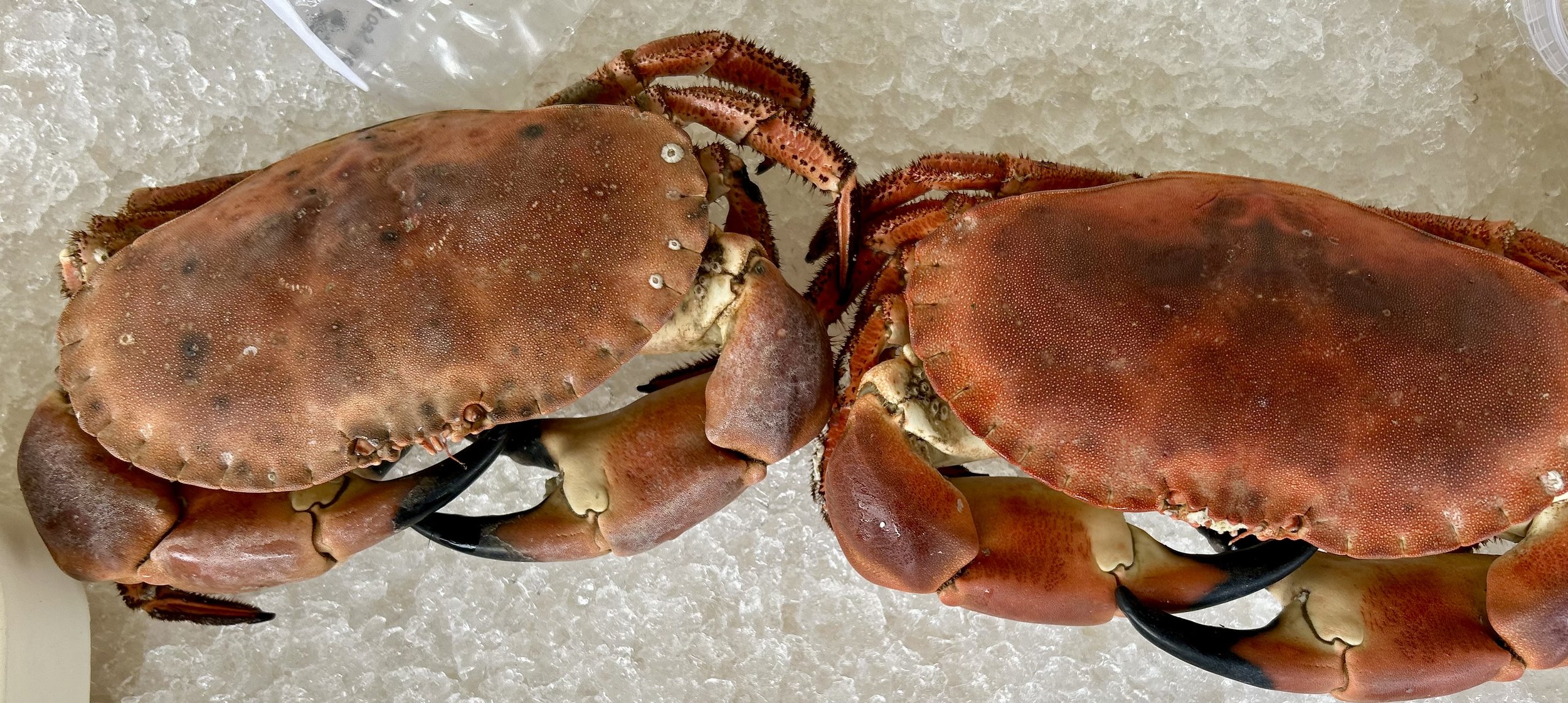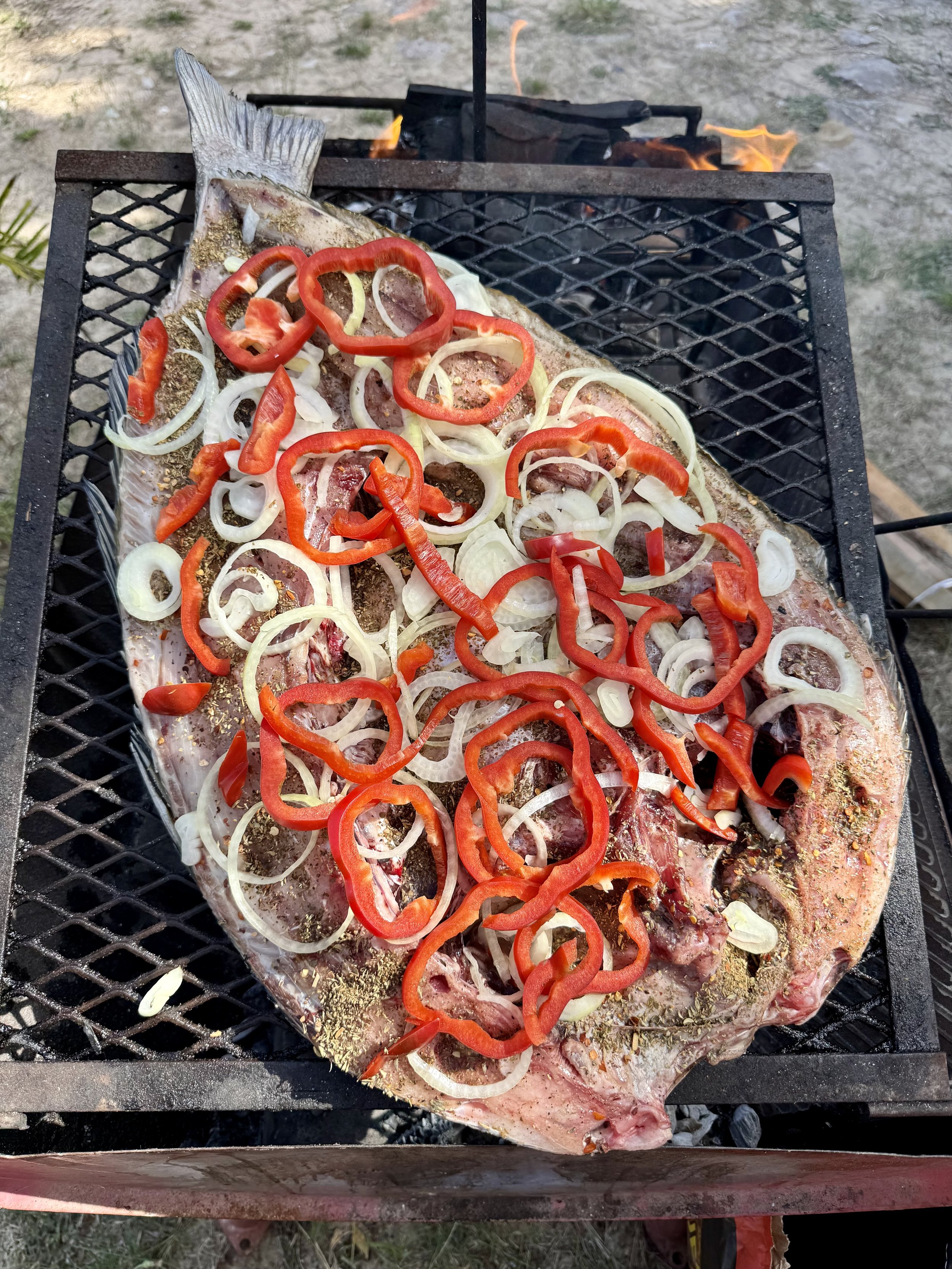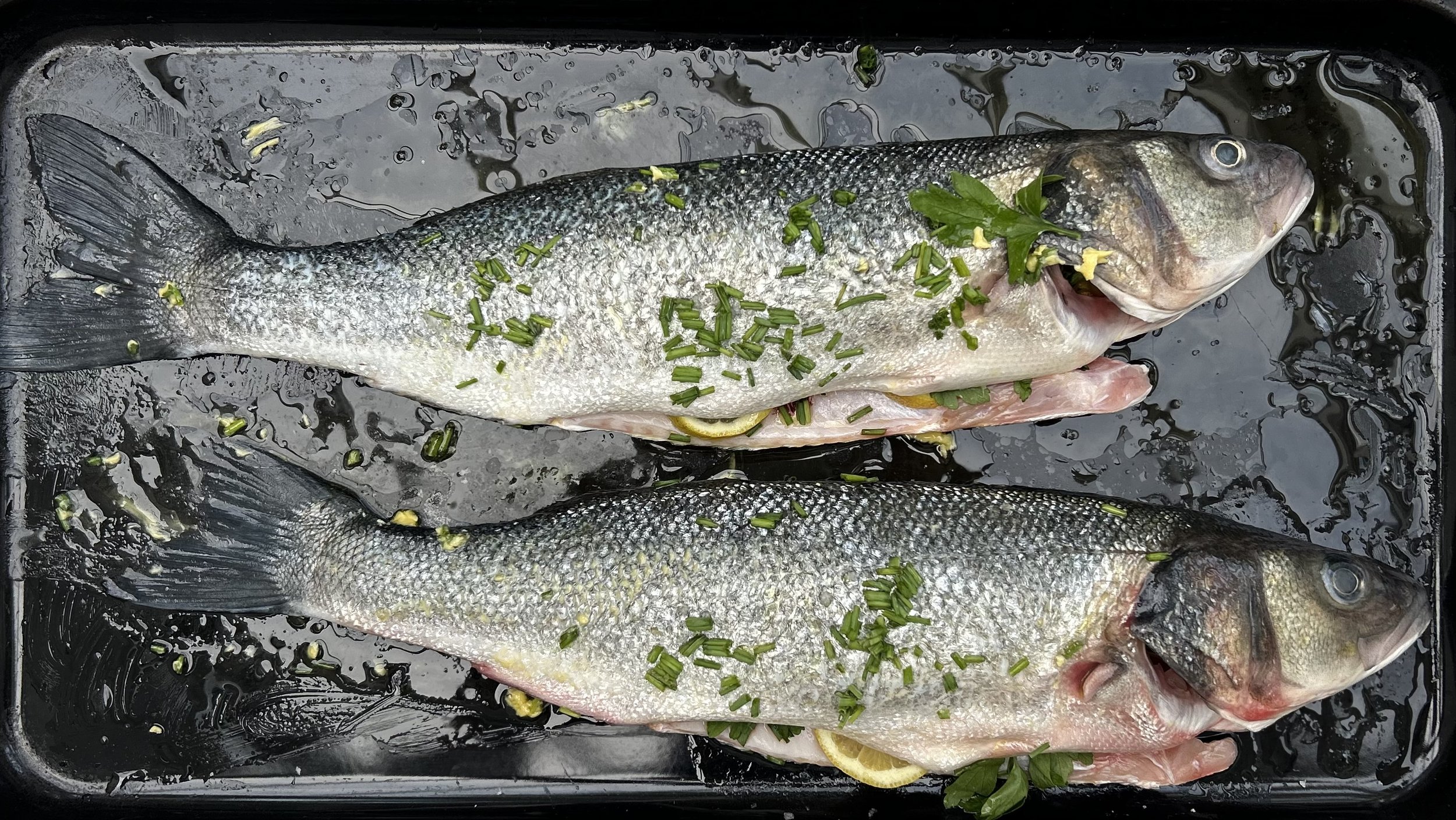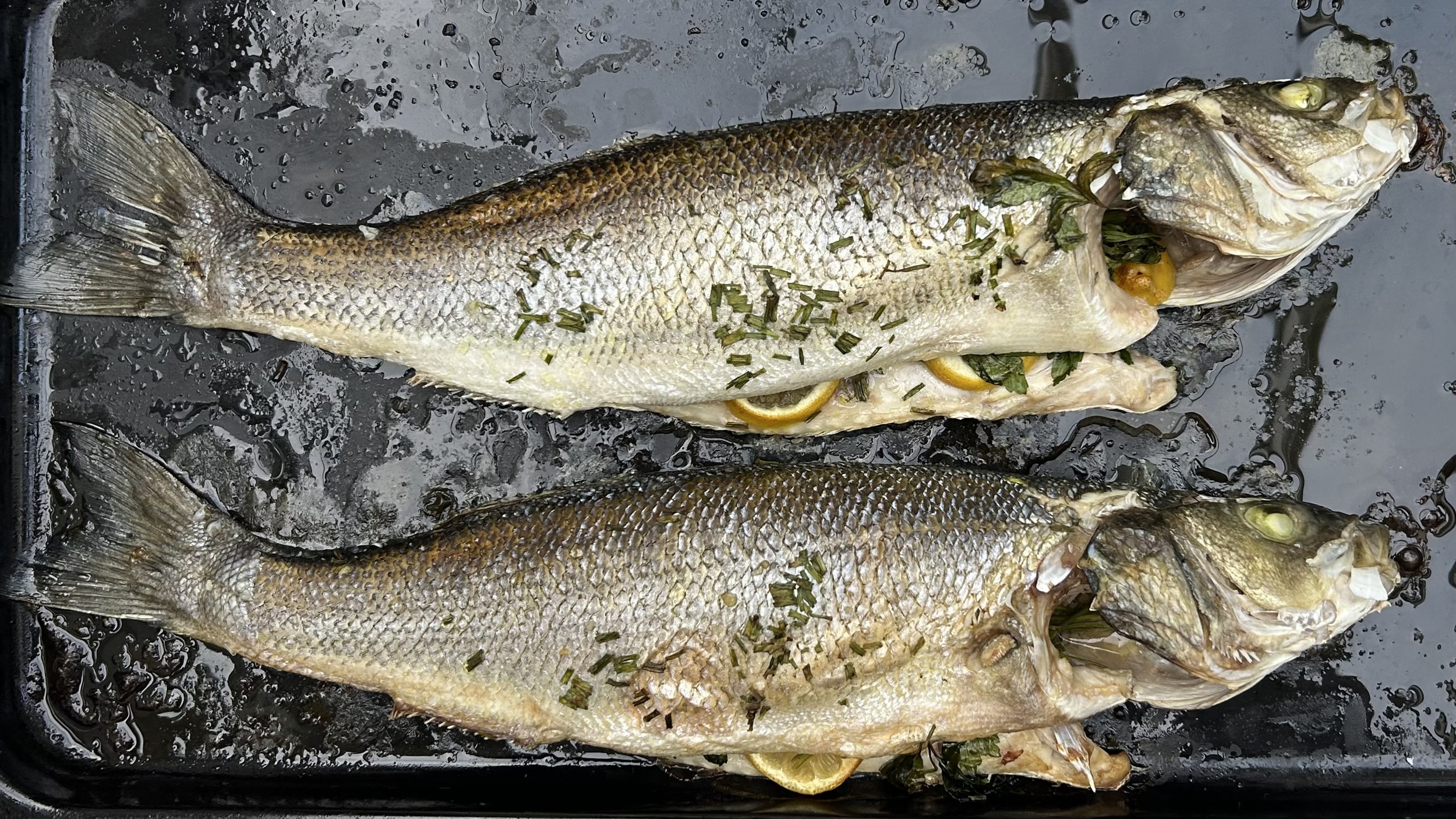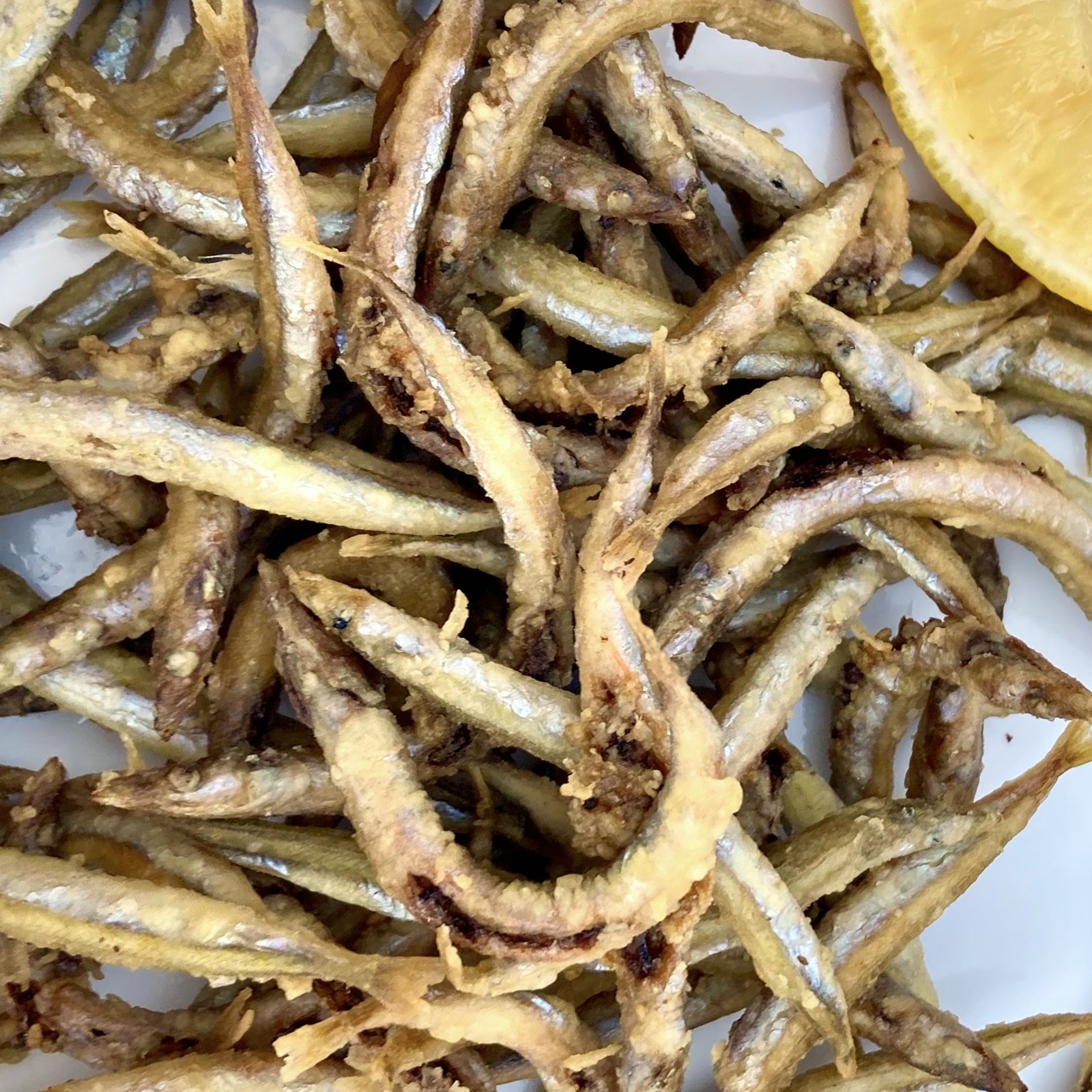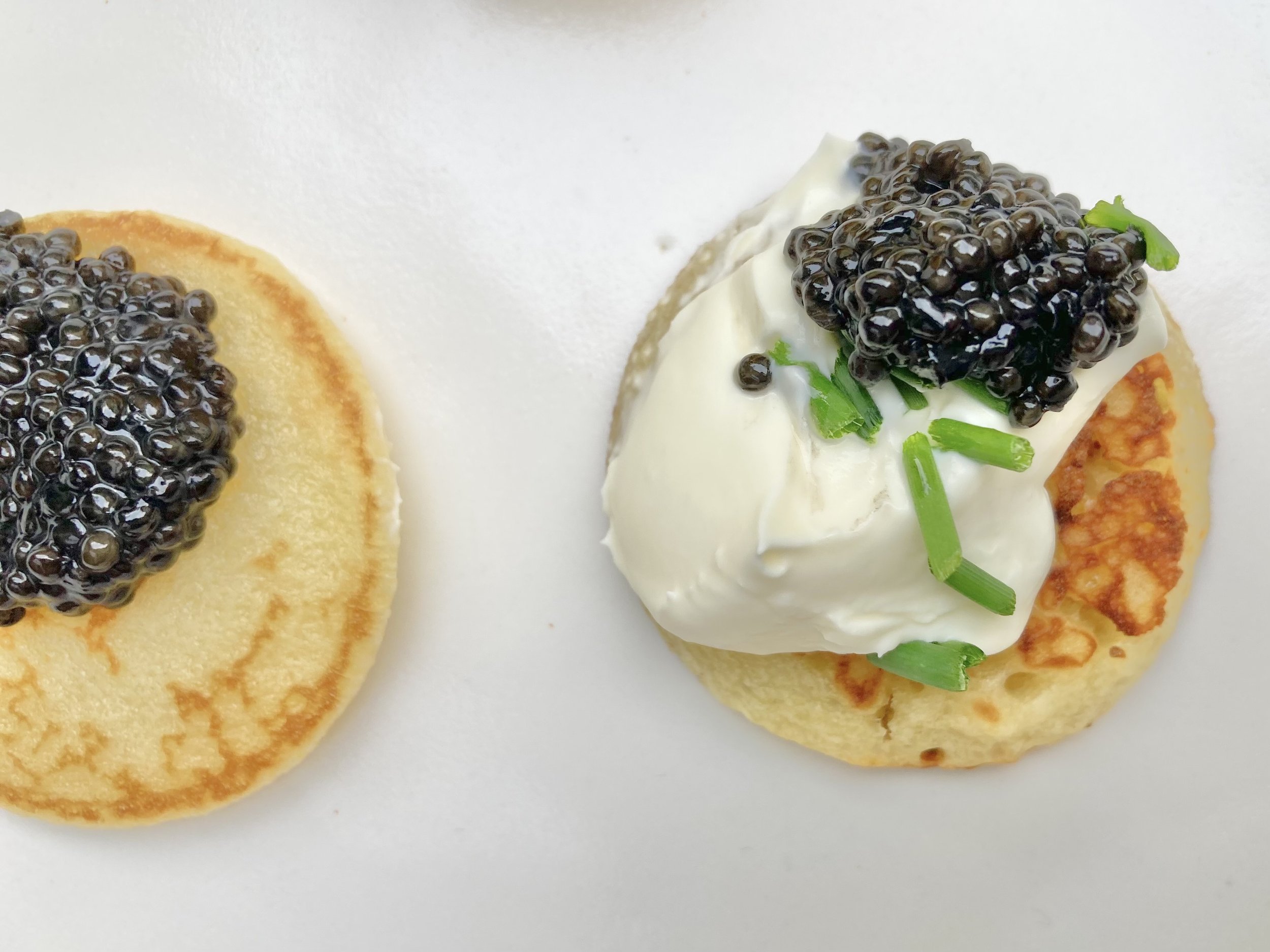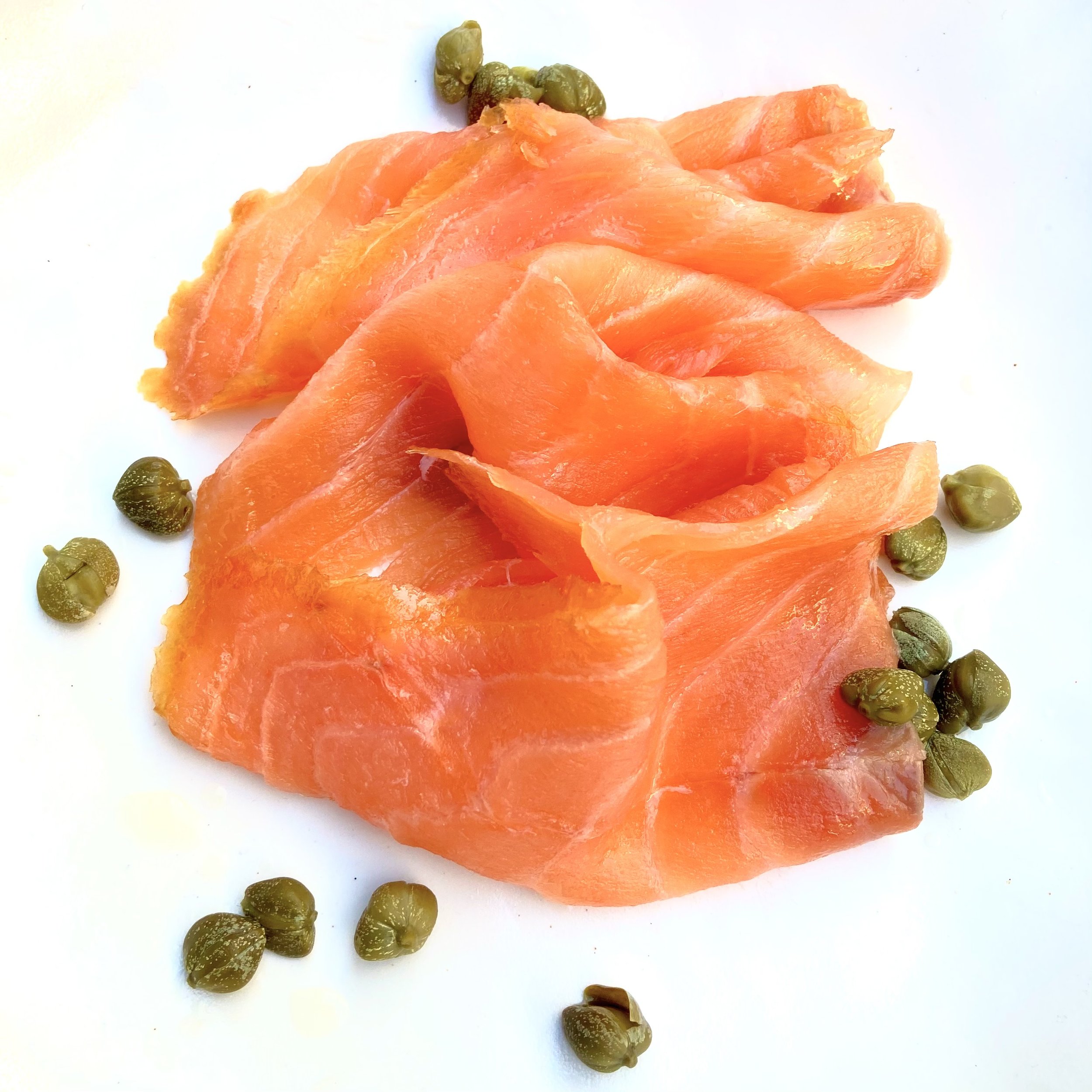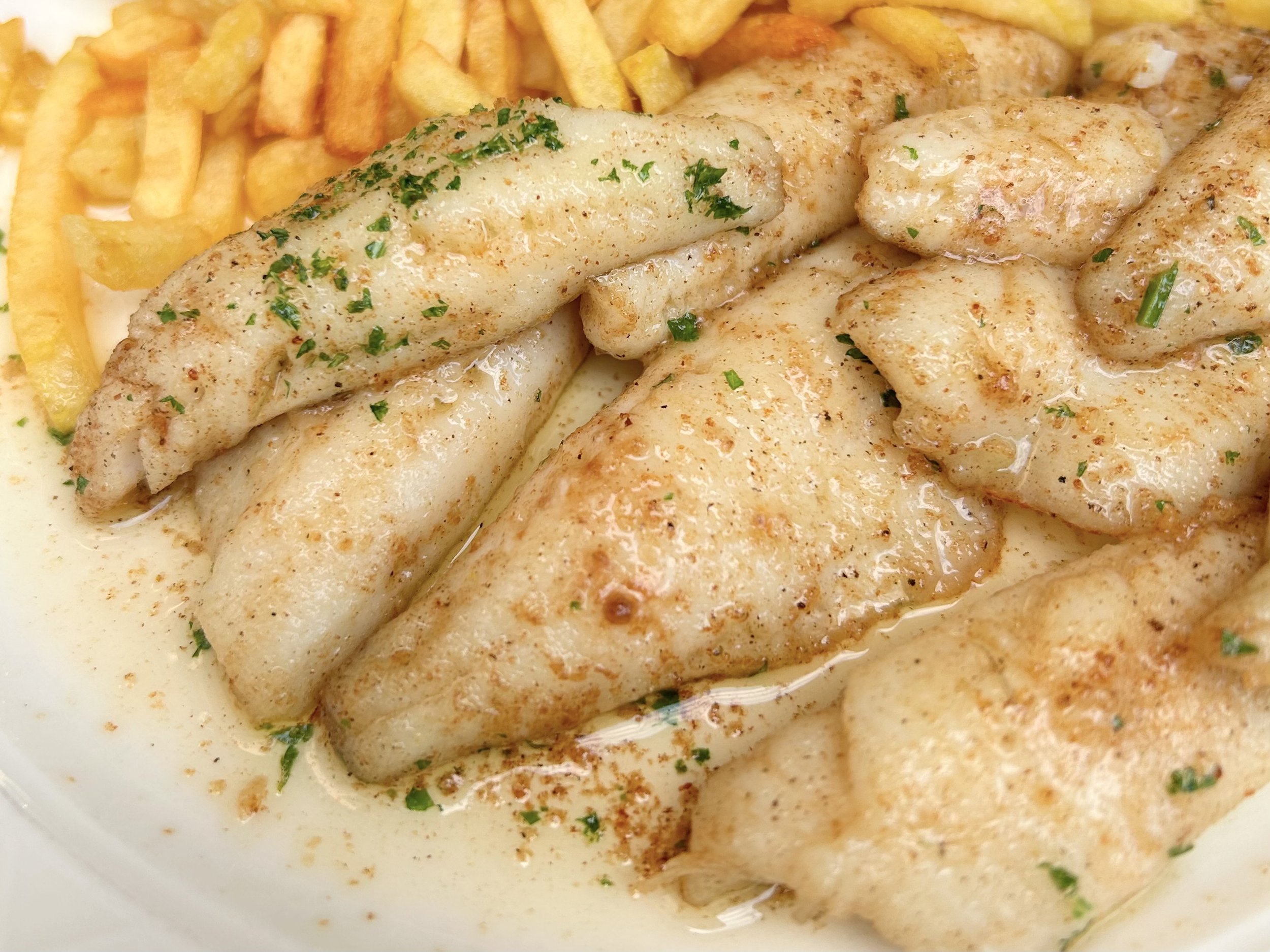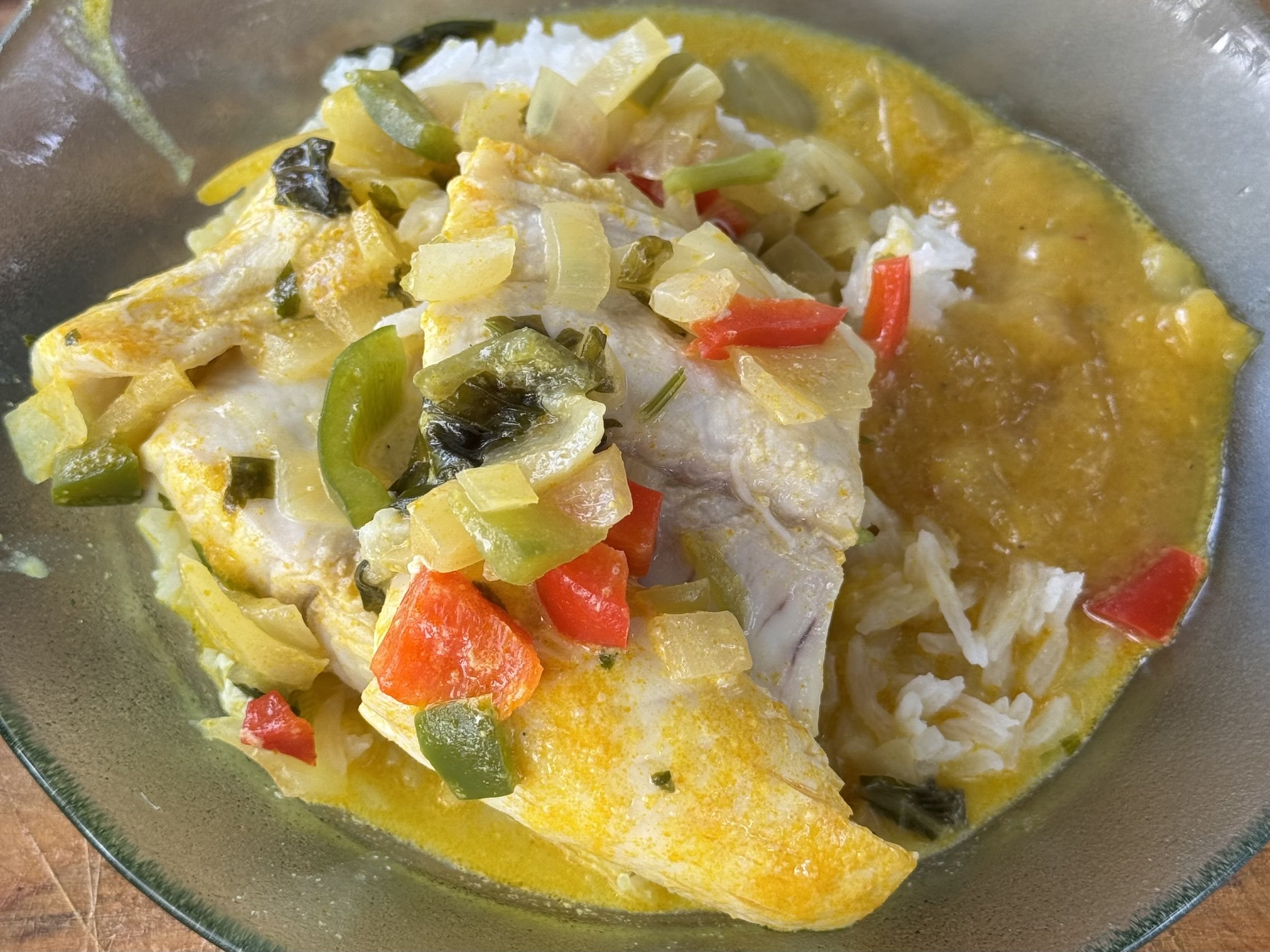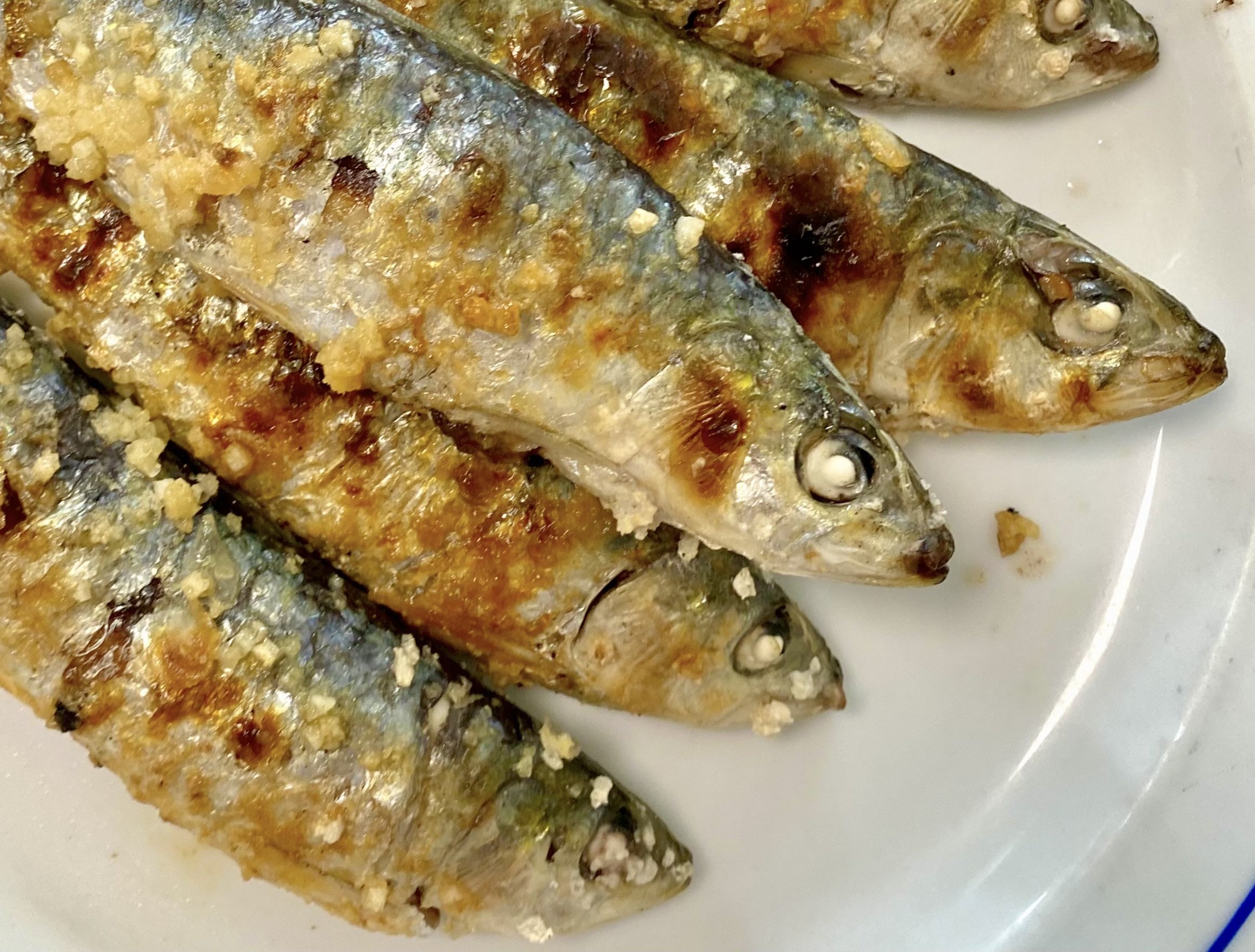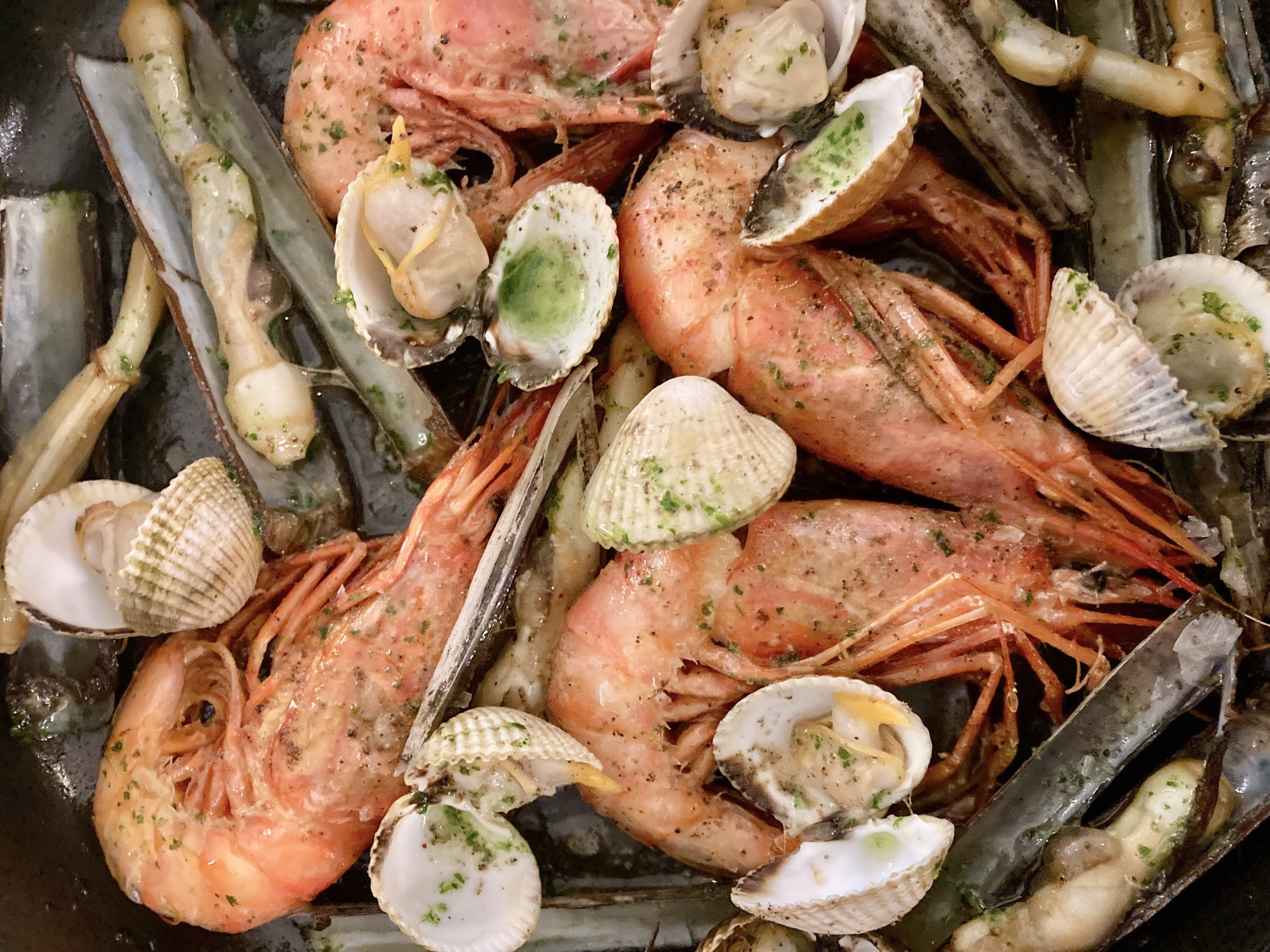Fish and crustaceans.
Seafood offers a wide range of health benefits including improved heart health, brain function and vision, and reduced inflammation and risk of chronic diseases.
Seafood is highly nutritious. It’s high-quality protein, omega-3 fatty acids, vitamins A, D, and calcium, are essential for health.
Red mullet, sea bass.
Crabs.
Octopus.
Mussels.
Clams.
Seafood should be properly handled, stored, and cleaned.
It should be cooked to the appropriate temperature.
It should be bought and consumed as fresh as possible, and from reputable sources.
Seafood should smell mild and oceanic. Avoid seafood with a strong, overly fishy or pungent, unpleasant odor.
Fresh fish should have clear, bright eyes. The skin should be shiny and moist, with a firm texture that rebounds to pressure. The gills should be bright red or pink, and the scales should be intact and firmly attached to the skin.
Avoid seafood that is not fresh, has not been properly kept chilled, and certain species known to contain high levels of mercury or other toxins. Eating bad seafood can cause food poisoning, parasitic infections, scombroid (histamine) poisoning, and poisoning from toxins.
Fish, freshly caught, retain their full nutritional value.
Fishing is an immersive outdoor experience that promotes both physical and mental well-being. The act of casting a line and waiting patiently encourages mindfulness and relaxation, reducing stress levels, builds skills in patience, strategy, and problem-solving. The thrill of catching a fish brings a deep sense of satisfaction, making fishing a rewarding pursuit for both body and mind.
Cooking fish.
Fish can be:
Pan-fried – lightly breaded and fried in butter for a crispy finish.
Grilled – brushed with olive oil and herbs for a smoky flavor.
Baked – with lemon, garlic, and herbs for a healthy option.
Poached – cooked gently in broth or wine for a tender, delicate taste.
(Rinse all fresh seafood (fish, shrimp, scallops, calamari, or other seafood) under cold running water and pat dry before cooking.)
Seafood roasting/grilling, Mediterranean style.
Mediterranean style roasting/grilling is a healthy, delicious, and simple way to prepare seafood. It preserves many of the natural flavours.
Technique:
Marinate seafood with olive oil, garlic, lemon juice, salt, and pepper mixture for 15-30 minutes.
Roast, or cook on grill (medium-high heat) for 2-3 minutes per side, or until cooked through and slightly charred. Fish fillets: allow 3–5 minutes per side, depending on thickness, until the flesh flakes easily.
Fish is considered done and ready to eat as soon as it begins to flake easily to twisting a fork that has been inserted at its thickest point at a 45 degree angle.
Grilling sea bass on coals. The fish flesh side up, seasoned with onions, peppers and spices, was then covered with foil. The foil distributes the heat evenly while preserving humidity.
Baking fish.
Technique:
Marinate the fish (scaled and gutted) with extra-virgin olive oil, minced garlic, and lemon juice, and add salt, pepper, and fresh herbs, such as parsley or basil to taste. Make 3-4 slashes on each side of the fish, rub with olive oil and season well.
Preheat the oven to 180°C. Cook fish in a large roasting tray and cook for 20-25 minutes, basting regularly in pan juices. Fish is ready as soon as it becomes flaky to the fork.
Sea bass, ready for baking.
Baked sea bass.
Frying.
The best fish for frying are typically white, mild, lean, and have sturdy texture (cod, haddock, tilapia, or flounder).
To pan-fry fish: Pat the fish dry (avoids splattering and ensures a crispy texture). Season to taste (coat the fish in batter or breading for added crispiness). Heat oil to 175-190 C (350-375 F) in a heavy-bottomed skillet. Fry for 3-4 minutes per side until golden brown and cooked through. Drain excess oil on a wire rack or use paper towels.
Pescaditosfritos (fried small fish), fried whole and served as a tapa or appetizer in the Mediterranean and South America.
Some favourites…
Caviar.
Caviar, with crème fraîche, scallions, served on blinis.
Salmon, smoked.
Salmon, smoked, sliced, with capers.
Grilled branzino.
Branzino (sea bass, Italy), lightly oiled and grilled.
White fish (hake) in a tomato and vegetable sauce.
Merluza (hake) a la riojana (Rioja, Spain).
To prepare: In this version, place the white fish (hake or cod) fillets and shrimp into a rich red pepper sauce with onions, garlic, tomatoes, and herbs, cover, and simmer for 8-10 minutes or until the fish is opaque and flakes easily.
Lubina al horno, sea bass baked with simple seasonings. The fish is garnished with garlic and herbs, and served with potatoes.
Perch fillets.
Filets de perches meunières (Rolle, Switzerland). Perch is a mild, white-fleshed freshwater fish known for its delicate flavor and firm texture. It is popular in fishing and cooking due to its versatility. Perch retains it’s mild, slightly sweet taste (its not too “fishy”) and firm but flaky texture when cooked.
To prepare Filets de perches meunières: Sautée perch filets, dusted with flour seasoned with salt and pepper, until light brown in a hot pan with olive oil. Remove the fish and heat butter (clarified, unsalted) until light brown. Add lemon juice and capers, and return filets to the pan for a brief cooking while bathed in the sauce.
Fish n’ chips.
Fish n’ chips: deep fried cod (flaky, mildly sweet) with potato chips, tartar (mayonnaise, capers, pickles, and lemon juice) and mushy peas (mashed peas, butter, and mint) sauces.
Fish stews.
Moqueca baiana de peixe (fish stew, Bahia, Brasil), a rich, coconut-based fish stew made with coconut milk and dendê (unrefined palm tree oil). Moqueca is loosely translated from Tupí-guaraní language as slow cooking.
To prepare moqueca, chopped onion and garlic are sauteed in a clay pot at a medium to medium-high heat with a small amount of dendê oil (until soft, translucent, and slightly golden). Red peppers, basil, and cilantro are then added and cooked until firm. Cocunut milk is poured over the mixture and kept simmering until blended. Spices (salt, pepper and cumin) are added to taste. Fish is incorporated and cooked in a simmer until flaky (courtesy Ig Oribe, Punta del Diablo).
Sardines, grilled.
Grilled sardines. Sardines are often grilled whole.
To prepare: lightly oil and season the sardines. Cook over high heat on each side for ~ 2-4 minutes until crispy and slightly charred.
Grilled calamari.
Grilled calamari (squid), seasoned with herbs and served with diced tomatoes and parsley, olive oil and lemon.
Grilled shrimp and clams.
Safata de marisc platter of grilled shrimp, clams, and razor clams (Cadaqués, Spain).

